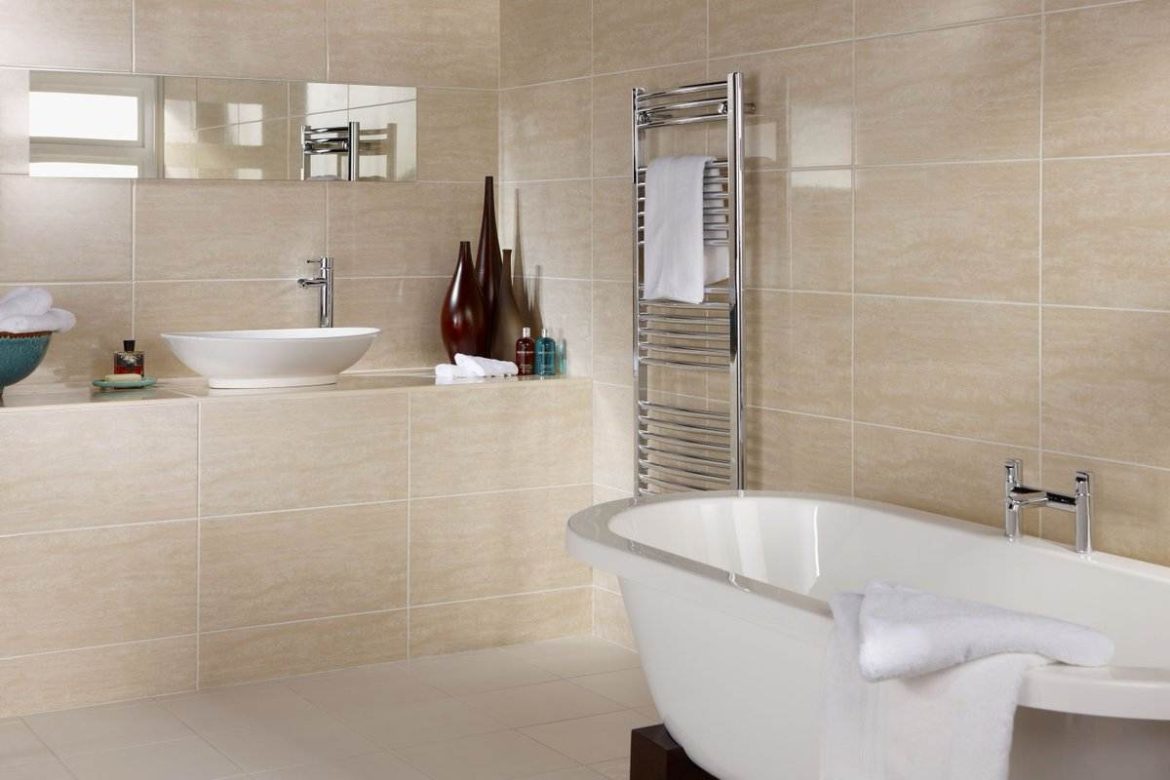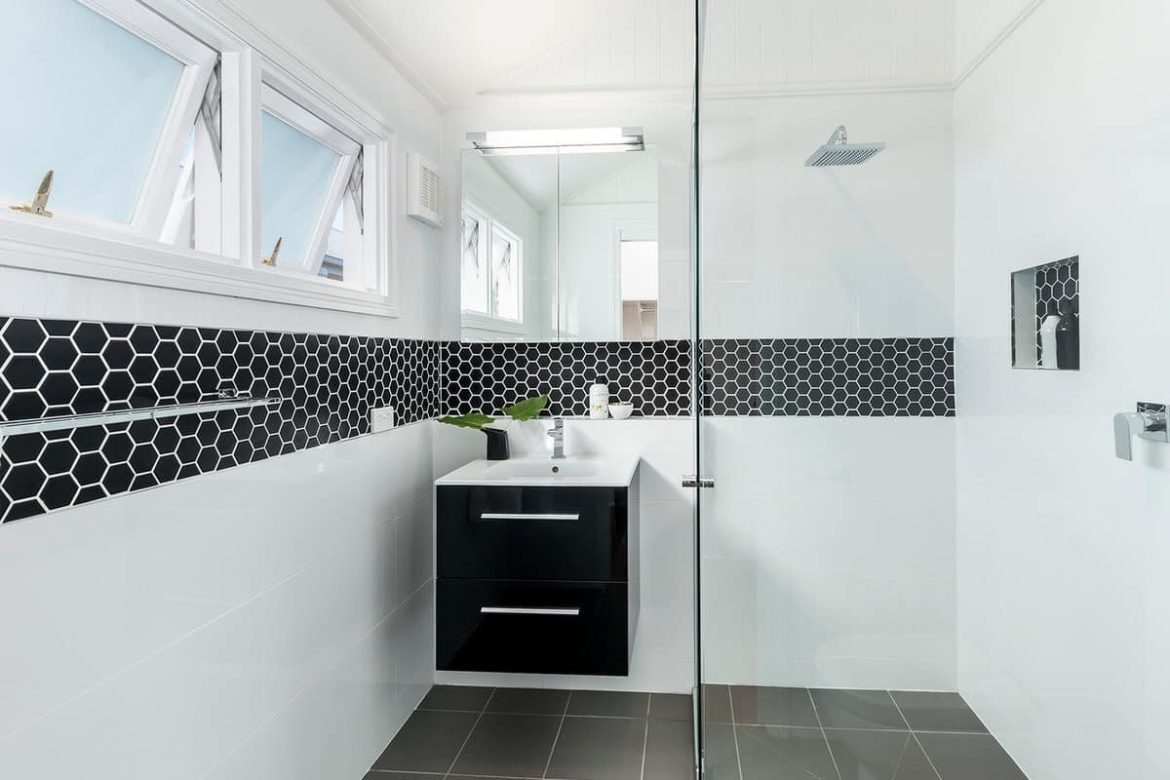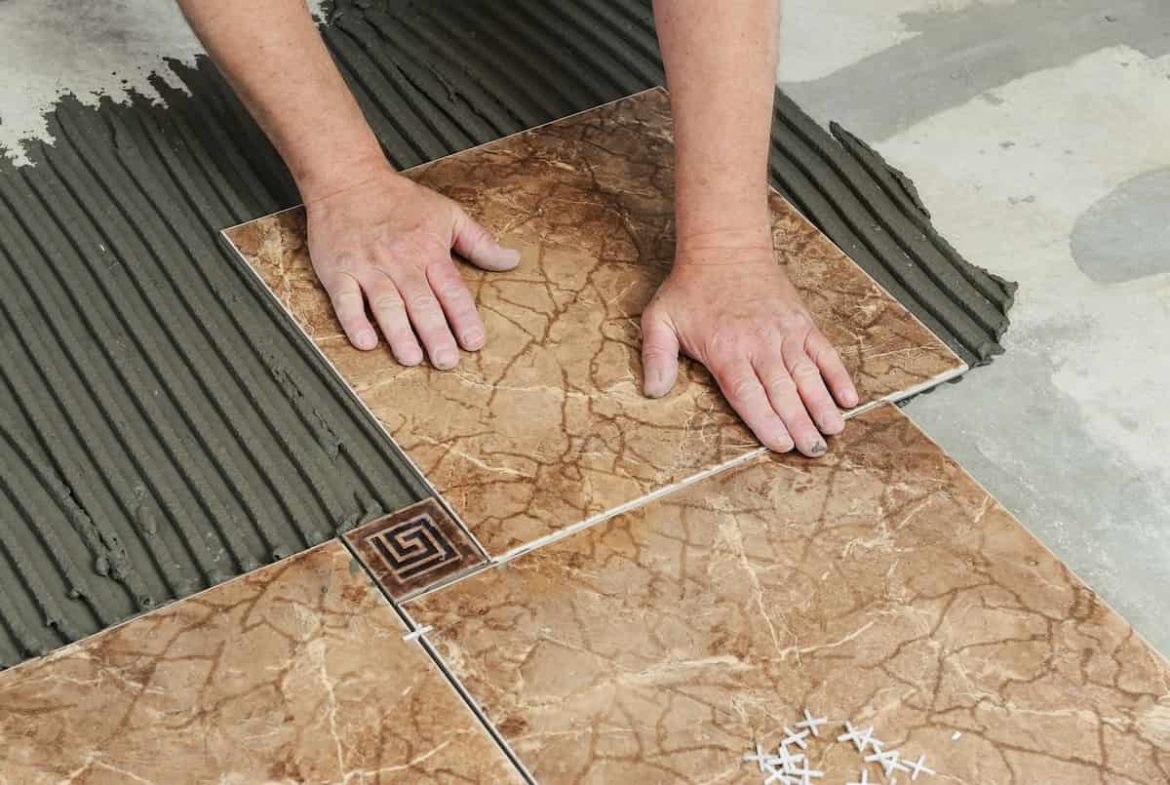to regrout tile you can give a new look to the place. Also, this is not just needed for a new look, sometimes it is necessary. Whether you’re remodeling an entire bathroom or just painting, changing fixtures, and adding accents, your attention to detail makes the difference when it comes to completing your bathroom’s new look. bath. Making sure the grout that keeps the bathroom tiles looking fresh and clean is one of those important details. Not only is it the finishing touch to help spruce up tile surfaces, but it’s also an economical home improvement project that helps prevent water damage. Your tile grout can get dirty with mold or hard water, which can make the bathroom look dirtier than it actually is. You can try whitening the grout first using an old toothbrush as an applicator. If that fails, try scraping the top layer carefully with a flat razor blade, then use tile sealant to keep it white longer. If you happen to have hard water stains, you can try scraping off the excess residue with a flat razor blade first, then finish off the rest with any good water stain remover. hard water and nylon pads. However, if you see cracks in the grout, the grout has failed. Now is the time to fix the problem. This project will cover how to re-point the entire surface of the wall. Typically, only selected areas will have grout that needs to be repaired.

You can repair some spots by following the same process as repairing an entire wall. Plan not to use the shower or tub for at least three days. Grout takes about 48 hours to harden before the grout sealer can be applied, which should take at least a full day. If the gap is about the thickness of a penny, you can grout over cracked grout. You may need to scrape off some of the existing grout to accommodate the new grout or there won’t be enough room. Be sure to use the correct grout. Frosted grout is suitable for gaps over 1/8″ thick and unfrosted grout is suitable for smaller joints. Use the same grout currently installed, whether frosted or unfrosted. When the tile work starts to look old and dirty, you should just consider removing the grout from the joints and wrapping them with fresh new grout before giving up and installing new tiles. If the tiles themselves are in good condition and still firmly bonded, grouting will make the whole installation look brand new. Grouting is a two-step process in which you first remove the old, hardened grout from the seams or seams between tiles using an oscillating tool (ideally) and manual scraping. Next, mix up a new grout, apply it to the tile with a grout float, and clean it up with a sponge. Once the grout is dry, you can wipe the hazy residue off the tile. Removing old grout can be a messy and dusty job. If necessary, you can hang plastic sheeting around the work area to limit dust. Use a shop vacuum to pick up debris as you work, and be sure to wear a dust mask to protect your lungs. Technically, grout removal is an easy job that requires no special skills – just a little time and the right tools and materials. However, this can be messy and time-consuming work.

Plan to spend about two hours cleaning each 16 square foot grout (4 foot by 4 foot section), plus an hour for re-grouting. So, a ceramic floor in a large room would require at least a full day of work, while a backsplash could take an afternoon. Smaller tiles mean more work because there are more grout lines to remove and repack. But the technology is not difficult, and you can save a lot of money by doing the work yourself.
- Grind Away the Old Grout
Install an oscillating tool with a blade designed to remove grout. Most manufacturers sell blades designed for this purpose – usually, these are blades impregnated with fine diamond chips which can quickly break up hardened grout. Turn on the tool and move the blade along the grout joint so that the blade is perpendicular to the tile surface. Work patiently and be careful not to let the blade scratch or chip the tile. On the first pass, your goal is simply to remove most of the grout – don’t worry about removing all of the grout on the first pass. As you work, stop frequently to remove dust and debris with a shop vacuum. An inexpensive manual grout saw can be purchased for smaller jobs, or if you have the time and patience use it for larger jobs. However, if you use a hand saw for disassembly, you will spend more time.
- Clean the Grout Lines
After removing most of the grout, use the vibrating tool to pass again to clean the grout line. This time, angle the blade slightly to get closer to the edge of the tile. Be sure not to rest on the edge of the grout line as this can easily damage the tile. The grout should break quickly under the action of the blade. If you find that some areas are not easy to sand, don’t use the blade too hard – these grouts will be removed by hand later. Use the vacuum as you go.

- Remove Remaining Grout Manually
If power tools cannot remove all traces of grout, use a grout removal tool with carbide or utility knife (a dull blade can be used) to cut off any remaining grout. Watch out not to scratch the surface of the tile.
- vacuum thoroughly
After removing the old grout from the seams, use a shop vacuum to carefully remove dust and debris. The grout line should be completely clean and dry before filling with fresh grout.
- Mix the Grout
Tile grout can be either a dry powder that needs to be mixed with water or a semi-fluid paste that is pre-mixed in buckets of different sizes. Generally, unsanded grout is used for grout joints 1/4 inch wide or less, while sanded grout is best for wider grout lines. Use an edging trowel to mix the powdered grout in a small bucket. First fill a plastic bucket with half the recommended amount of water, then add half the recommended amount of dry grout powder. Mix well, then gradually add more water and more grouting powder until you have a full batch, or enough to cover about 3-4 square feet. A suitable mixture should have a smooth, paste-like consistency that is barely pourable. Some grouts may have instructions to let the mixture sit (harden) for a short period of time before applying. If so, follow the manufacturer’s instructions. Premixed and powdered grouts are available in a small number of colors, but for more unique colors, you can mix purchased grout pigments during the mixing process.

- Fill the Grout Joints
Pick up a generous amount of grout with a rubber float and apply it to the tile surface. Apply grout to the joint, holding the float at about a 60 degree angle, and press the grout down to the bottom of the joint. Work in alternating directions to ensure the joint is fully filled. Collect any excess grout and move it to the next tile area, or reload the tiles as needed. Repeat the same process until all joints are filled. The grout float should move diagonally along the seam line to ensure even filling. If the tile has rounded or beveled edges, it may be necessary to rework the joint. Tooling is the process of removing top grout, leaving a thinner, professional-looking joint. Buy a special tool for this or run the rounded tip of the pencil eraser along the joint while the grout is slightly dry.
- Sponge the Joints and Tiles

Once all grout lines are filled and worked, use a damp sponge to remove excess grout. Make sure the sponge is barely damp – too much water will cause the grout to come out of the joint. Gently rub the sponge over the surface of the tile, not too hard. It’s a slow process. Continue to clean the sponge and scrub across the tile surface, going diagonally across the grout until all excess grout is gone. Don’t worry about thoroughly cleaning the tile surface, that will come next. Frequently rinse the sponge with water and change the water when it gets dirty.
- Remove the Grout Haze
After the grout is completely dry (or as directed), a slight haze will still appear on the tile surface. Use a soft cloth to wipe the tile surface and remove any remaining haze. If you prefer, you can buff the tile with an anti-fog product. Standard grout in powder form should be sealed against soiling (after the grout has fully cured). Many types of premixed grouts do not require sealing.










Your comment submitted.